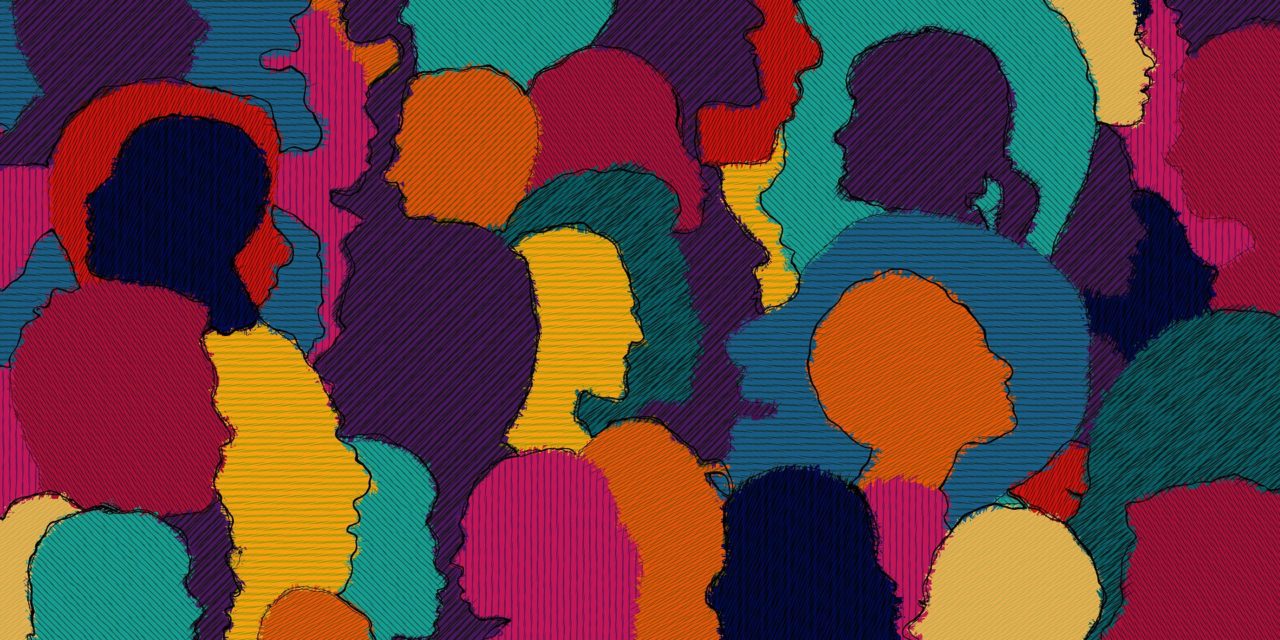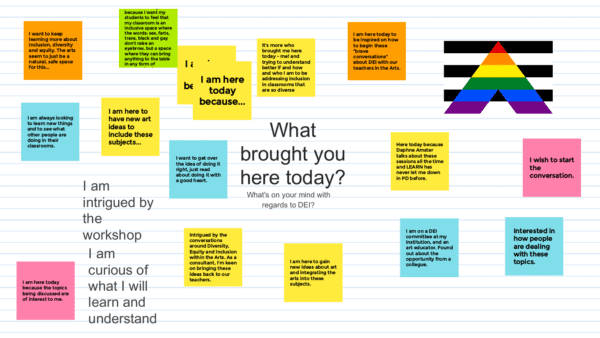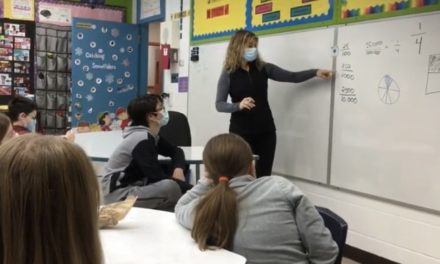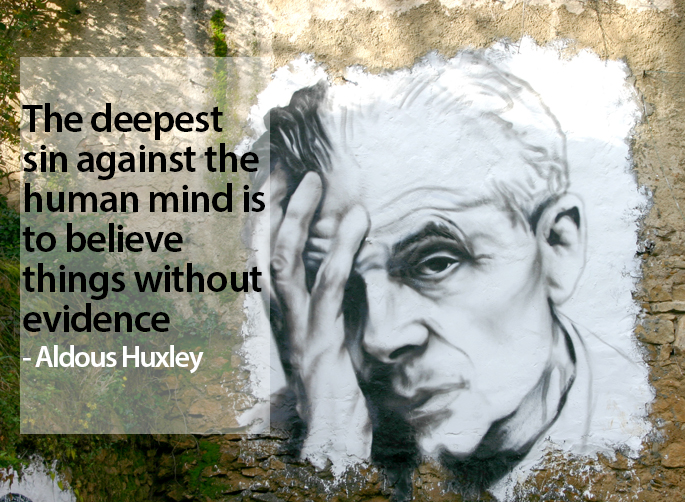The word on the street is that Diversity, Equity and Inclusion (DEI) is the next big thing in English education in Quebec. School boards are talking about it, strategic plans are being drawn up with DEI as a key component and consultants are being hired to help various actors to navigate the territory. Last week, the MAD2 DEEN committee for the Arts facilitated an online PD session around DEI, during which participants were asked to examine their own identities and decide on next steps to take with regards to DEI in their classrooms or schools. In this post, I will discuss the triad of DEI, how it is relevant to arts educators in Quebec, as well as implications for practice.
What is Diversity, Equity and Inclusion?
For some years now, educational institutions have been examining their admissions policies, hiring practices and teaching approaches with the goal of making their learning environments more accessible to a wider range of learners. These institutions hope that by putting into place specific practices with regards to DEI their schools will be more welcoming for diverse learners and will lead to greater success for students who might not otherwise experience it. In its Equity and Inclusive Education Strategy, the Ontario Ministry of Education offers the following definitions for DEI:
DIVERSITY: The presence of a wide range of human qualities and attributes within a group, organization, or society. The dimensions of diversity include, but are not limited to, ancestry, culture, ethnicity, gender, gender identity, language, physical and intellectual ability, race, religion, sex, sexual orientation, and socio-economic status.
EQUITY: A condition or state of fair, inclusive, and respectful treatment of all people. Equity does not mean treating people the same without regard for individual differences.
INCLUSIVE EDUCATION: Education that is based on the principles of acceptance and inclusion of all students. Students see themselves reflected in their curriculum, their physical surroundings, and the broader environment, in which diversity is honoured and all individuals are respected.
Each word in the Diversity, Equity and Inclusion triad is in and of itself an important one, and could be unpacked individually. In this blog post, I will treat them as an aggregate, used to designate a mindset and way of thinking – a way of being open to the diversity of learners while striving for equity and including everyone in successful learning. A criticism that has been leveled at DEI initiatives, is that they still center white heteronormative reality, that is, that they present the experiences of white cis-gendered heterosexual people as the default, and everyone else is the Other. It is certainly food for thought as we begin taking action in our own spheres of influence.
How is DEI relevant to education?
“Miss, why are we learning this?”
Educators in general and classroom teachers, in particular, are rightfully wary of buzzwords and fads in education. These seem to appear with alarming regularity in our field, replete with the latest must-read books and gurus speaking on the conference circuit. It becomes difficult, from the vantage point of the classroom, with its pressing and immediate needs, to separate the wheat from the chaff and discern what is truly essential for our students.
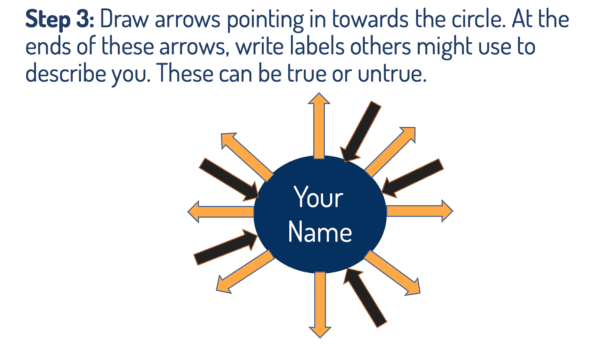
What makes Diversity, Equity and Inclusion different from other large-scale initiatives to improve education? In other words, why should we engage in Diversity, Equity and Inclusion initiatives? Why are we learning this?
At their core, DEI initiatives and practices are about one thing: belonging. Belonging to a classroom and school community, belonging to a group of people who accept you fully for all aspects of who you are. Why is it important to belong? According to Maslow’s hierarchy of needs, a person’s ability to achieve is predicated on their sense of belonging. Until you feel that you truly belong somewhere, you cannot fully engage in actions that lead to achievement or self-actualization. In short, learning suffers when you don’t feel as though you belong.
We define belonging as the extent to which people feel appreciated, validated, accepted and treated fairly within an environment (e.g. school, classroom or work). When students feel like they belong, they aren’t worried and distracted about being treated as a stereotype or a thin slice of their multidimensional identities (Willms, 2000). Instead, they are confident that they are seen as a human being, a person of value. … It’s a need that’s hardwired into human beings (Cobb & Krownapple, 2019).
DEI and the Arts
As teachers, we all want our students to be the best they can be, to achieve their full potential. When students feel safe, when they feel seen, they are more likely to take the risks that are involved in any art practice. Making art is a daily act of courage. The courage to blow that first note, not fully knowing how it will sound. The sheer bravery of that first stroke on a blank page, the first step onto the polished floor, the nervous exhilaration of donning a character.
Our Arts classrooms, in which the rules are often different from those of academic subjects, can be places where everyone belongs and where everyone can be brave. And if we need courage to engage in the Arts, it can also be said that the Arts make us brave. That the act of creation is so fundamental to what it means to be human, that it confers a state of grace on the creator.
How do we make sure that everyone belongs in our Arts classroom? How do we build an artistic community? I think there are two main courses of action we can take:
1) examine ourselves and
2) involve our students.
MAD2 Diversity, Dignity, Equity and Inclusion in the Arts
Arts Connection recap – examining ourselves
Last week, the MAD2 DEEN subcommittee for the Arts held an online session around Diversity, Equity and Inclusion in the Arts classroom. As we planned the session, the MAD2 members realized that before we could begin the conversation with teachers, we first had to have conversations ourselves: about race and racism, about identity, about privilege. During the course of these conversations, we were able to see that we were all coming from different places, our starting points were different, informed by our experiences. Ultimately, it was up to each of us to make a shift in thinking. We could choose to listen carefully and challenge our own dearly held beliefs about ourselves and our lack of prejudice, or we could remain status quo and congratulate ourselves on “having the hard conversation”. Of course, having difficult conversations is a good beginning, and involves a great deal of bravery, openness and trust. But having a conversation in and of itself is insufficient to make a change. It is possible to have a conversation and not hear what is being said, and even not to hear oneself.
An online session, attended by people who are most likely strangers, is not necessarily the best venue in which to engage in meaningful dialogue. Still, we wanted to make a start, to gather people willing or curious to ask themselves who they were, and how parts of their identity conferred privilege. Participants shared what had brought them to the session through a Jamboard, which allowed everyone to see what was on people’s minds. Also, asking yourself “why am I here?” and paying attention to your answer is a good way of assessing your own state of readiness to engage with something. Lynn Harper then led an activity around Identity, where she asked participants to list various aspects of their identity, including characteristics conferred by others, or those that we did not choose for ourselves, such as being a sibling or having a specific sexual orientation. Participants then reflected on which aspects of their identity provided them with privilege and shared that if they felt like it.
Resources for representation
At the session, we unveiled a series of Padlets (Padlet is an online curation platform) that feature various web resources for each of the four Arts subjects: Music, Visual Arts, Drama and Dance. These padlets are living repositories, that is, they are meant to be added to overtime, by consultants and teachers alike.
At the moment, they contain resources that will help teachers address what is often a cultural monolith: canonical artworks and artists in the four arts are too often representative of a very tiny sliver of modern society. And even though the art fields themselves are very diverse, what ends up in classrooms is often simply what has always been. The padlets provide teachers with options in case the teachers do not themselves know of BIPOC and LGBTQ+ artists in their field, as well as featuring some process-based resources for best practices when working respectfully with Indigenous or other content in a spirit of reconciliation.
Concluding Remarks – Involving our students
As educators, we may sometimes be at a loss as to how to begin with practices that honour Diversity, Equity and Inclusion in our Arts classrooms. Even after having done some work with ourselves, the course of action is not always clear. This is where providing opportunities for students’ voices to be heard would be beneficial. We are so used to having all the answers, but the fact is, to build a true learning community, students have to be involved as equal partners. Moreover, our students are the ones struggling with issues of race and gender identities. “Empowering students to tell their own stories eliminates the threat of someone else’s incorrect assumptions telling that learner’s story” (Joni Degner in Chardin and Novak, 2021). The book Equity by Design: Delivering on the Power and Promise of UDL by Mirko Chardin and Katie Novak is brimming with ideas and ways of involving students in decision-making at various levels, including at the level of curriculum design. This way, instead of bearing the burden of being the sole providers of DEI, we facilitate our students becoming the architects of their own structures for Diversity, Equity and Inclusion.
Further reading
Chardin, M. & Novak, K. (2020). Equity by design: delivering on the power and promise of UDL. Thousand Oaks, California: Corwin Press, Inc. https://www.novakeducation.com/equity-by-design
Cobb, F & Krownapple, J. (2019). Belonging through a culture of dignity: The keys to successful equity implementation. San Diego, CA: Mimi and Todd Press.
International Falcon Movement – Socialist Educational International. (n.d.). Classroom activity: What divides us? What unites us? http://www.ifm-sei.org/files/up/membershipcampaign_powerprivilege.pdf
McIntosh, P. (1989). White privilege: Unpacking the invisible knapsack. Peace and Freedom. https://psychology.umbc.edu/files/2016/10/White-Privilege_McIntosh-1989.pdf.
Resilient Educator. Cultivating diversity, equity, and inclusion in education environments.
https://resilienteducator.com/collections/cultivating-diversity-inclusion-equity/
Links to session files
Slides: Arts Connection5 – Nov 17 2021
JamBoard: Arts Connection Nov 17th 2021
Webinar: MAD2 Diversity, Dignity, Equity and Inclusion in the Arts
MAD2 is:
Lynn Harper, NFSB (co-chair)
Nicolas Doyon, EMSB (co-chair)
Monika Szpak, SWLSB
Frank Caracciolo, LBPSB
Bronwen Hughes, CQSB
Moksha Serrano, EMSB
Lisa Diner, WQSB
Marie-Pier Perreault, ESSB
Gregory Jean-Louis, MEQ
Sylwia Bielec, LEARN
Deb Foltin, Littoral
Athina Galanogeorgos, DEEN

